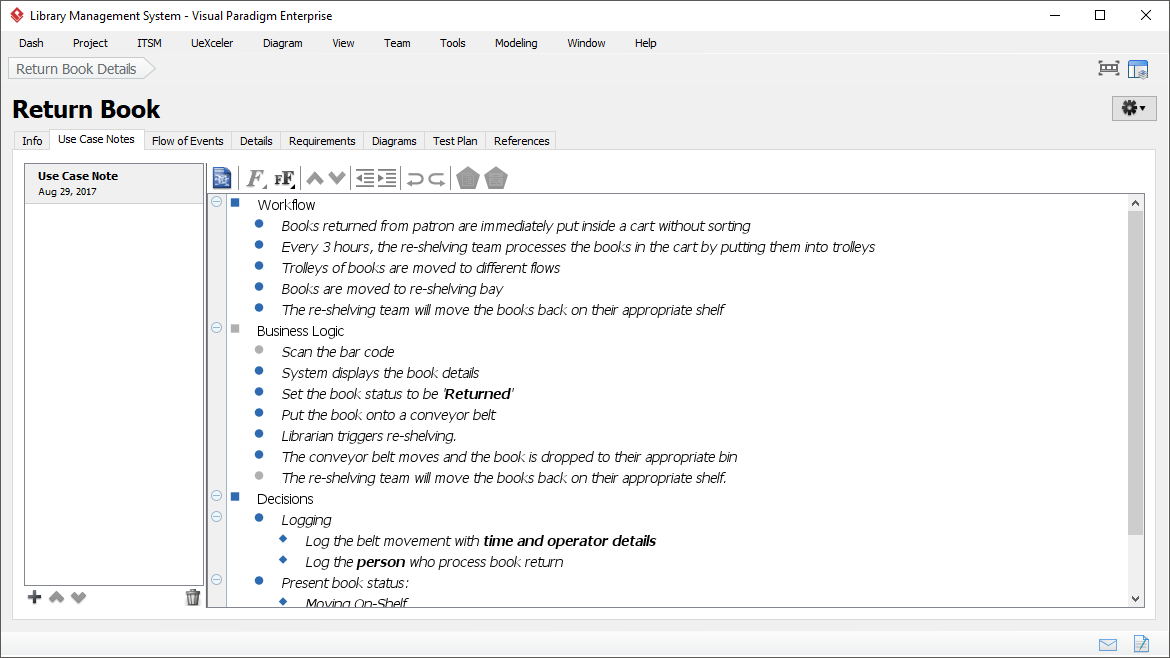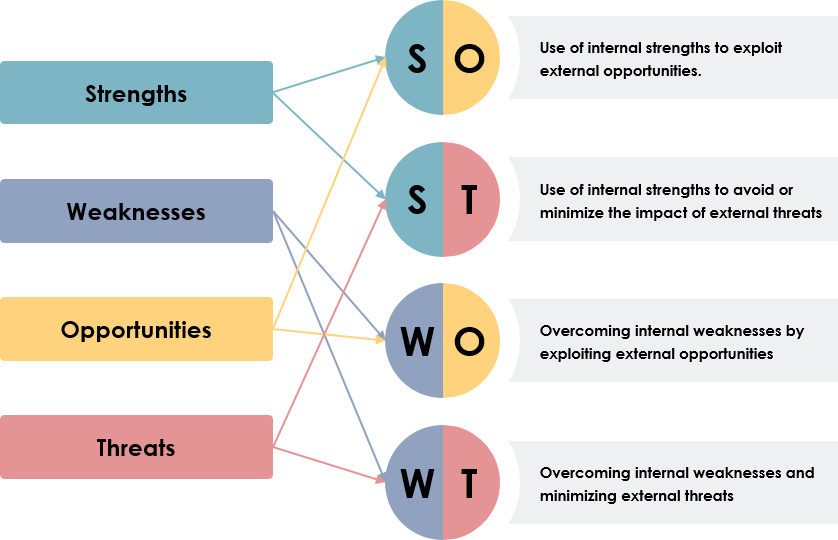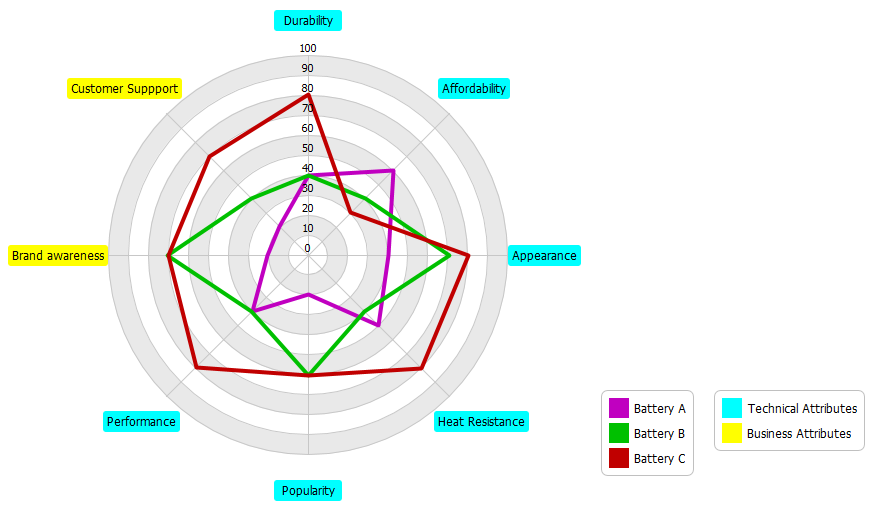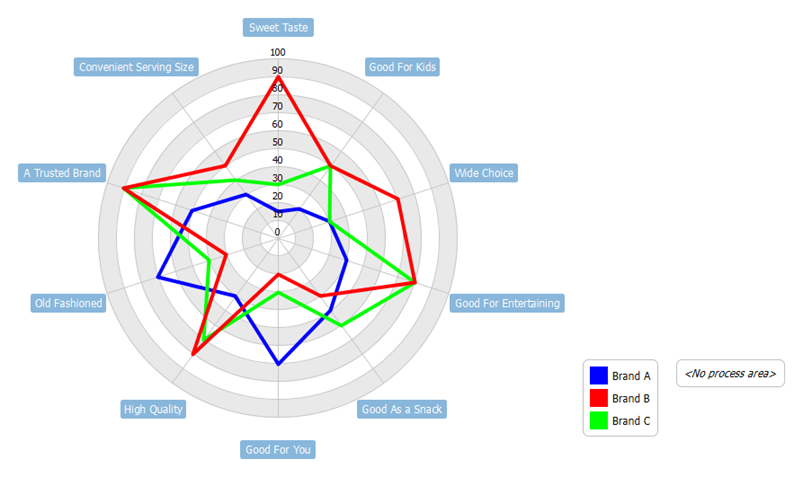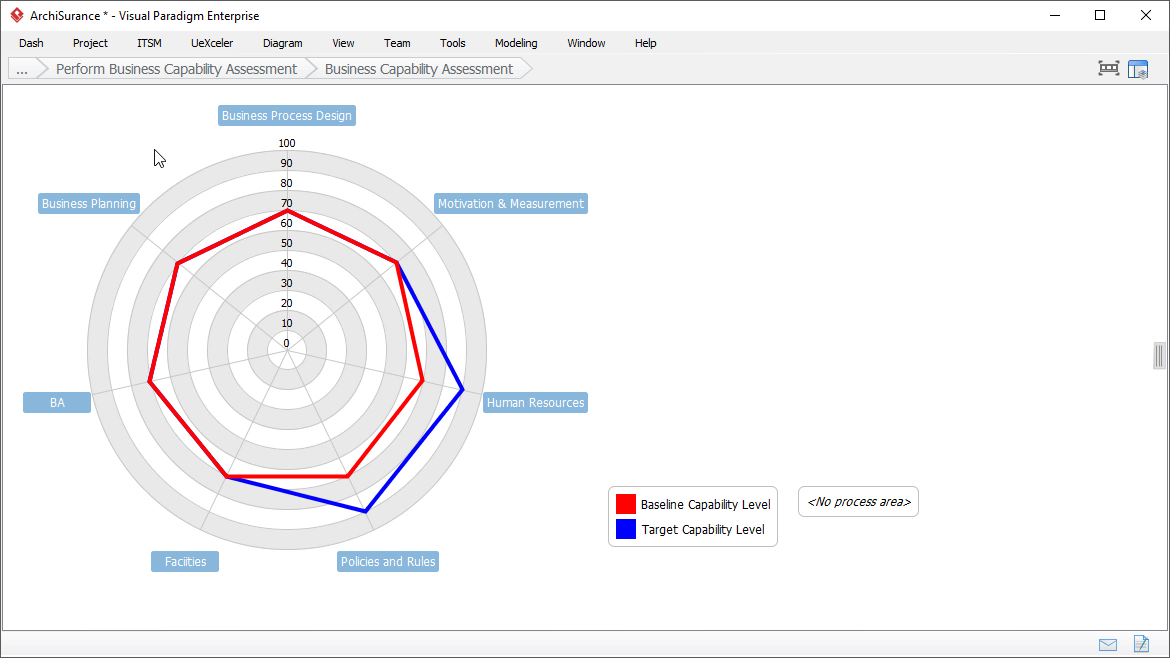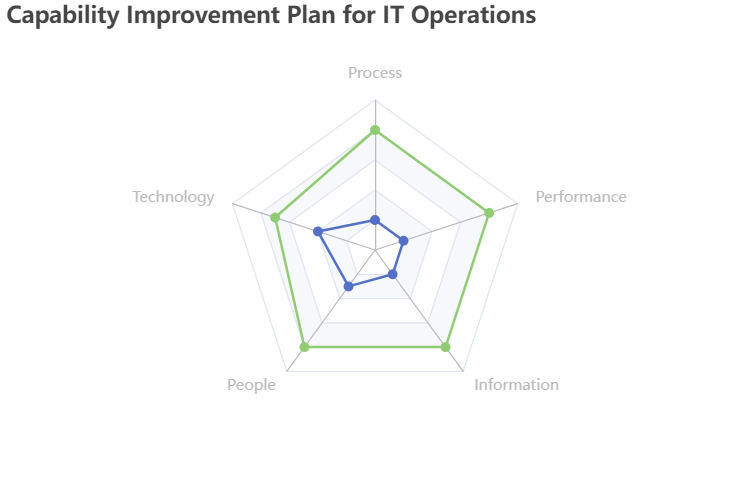Home » Archives for March 2023 » Page 2
The use case driven approach is a methodology that focuses on defining system requirements and features from the perspective of its users. It is a user-centered approach that emphasizes the identification of user needs, goals, and behaviors in order to ensure that the system being developed will meet their expectations. In this approach, use cases are used to describe the behavior of the system in response to user interactions. Use cases are scenarios that describe how the system is used in different situations. Benefits The use case driven approach offers a number of…
continue reading →
SWOT vs TOWS SWOT and TOWS are both strategic analysis tools that are used to assess the internal and external factors that affect a business or objective. While they have similarities, there are some key differences between the two tools. SWOT analysis is a tool that is used to assess a business's Strengths, Weaknesses, Opportunities, and Threats. It is a simple and effective tool for identifying internal and external factors that impact the business. Strengths and weaknesses are internal factors that are within the control of the business, while opportunities and threats are…
continue reading →
The MoSCoW method is a prioritization technique used in project management, software development, and business analysis. It helps to prioritize requirements based on their importance and urgency, and allows project managers to allocate resources and budget accordingly. In this article, we will explore the MoSCoW method and provide an example of its implementation. What is the MoSCoW Method? The MoSCoW method is a prioritization technique that categorizes requirements into four groups: Must-haves, Should-haves, Could-haves, and Won't-haves. The acronym MoSCoW stands for: Must have: critical requirements that are essential for the project's success. These…
continue reading →
With the rise of mobile technology, coffee shops are now leveraging mobile apps to enhance the customer experience. By allowing customers to place orders, make payments, and earn rewards all from the convenience of their mobile device, coffee shops are revolutionizing the way customers interact with their brand. In this article, we will explore how mobile apps are transforming the coffee shop industry and what benefits they bring to both businesses and customers. Agile Development Process using User Stories The process for capturing requirements and identifying user stories involves several steps: Problem statement:…
continue reading →
Agile methodologies have gained significant popularity in recent years due to their ability to deliver products quickly and adapt to changing requirements. However, not all projects are feasible, and it's crucial to make informed decisions about whether to proceed with a project or not. The Go/No-Go Checklist combined with a weighted scoring approach can provide a framework for evaluating the feasibility of an Agile project. In this article, we'll discuss the importance of a Go/No-Go Checklist and how a weighted scoring approach can help in making informed decisions. Why A Go/No-Go Checklist for…
continue reading →
In the world of Agile project management, a feasibility study is a critical step towards project success. The Agile approach emphasizes flexibility, collaboration, and continuous improvement, and the feasibility study plays a key role in ensuring that the project is viable and achievable within these parameters. A feasibility study involves evaluating the technical, economic, and operational aspects of the project to determine if it is worthwhile and feasible. This includes assessing the technical requirements, available resources, potential risks and constraints, and estimating the cost and schedule for the project. By conducting a feasibility…
continue reading →
Developing new products can be a complex and challenging process, requiring careful consideration of a variety of factors, including product features, resource allocation, customer needs, revenue generation, and decision-making. To ensure that the development process is as effective and efficient as possible, it's important to use tools that can help to evaluate and compare different options, prioritize key features, and identify actionable steps to drive progress towards the desired outcome. In this article, we will explore how the use of radar charts and action plans can help to streamline the product development process…
continue reading →
What is a Radar Chart? A radar chart is a graphical representation of data that is used to display performance or comparison of multiple variables on a two-dimensional plane. Also known as a spider chart, web chart, or star chart, a radar chart consists of a series of spokes that radiate outward from a central point. Each spoke represents one of the variables being measured, and the length of the spoke indicates the value of the variable. The data for each variable is plotted on the chart as a series of points, which…
continue reading →
Performance analysis is a critical process for businesses to identify areas where they can improve and stay competitive in their respective markets. One useful tool for conducting a performance analysis is a radar chart, which can help teams visualize their strengths and weaknesses across multiple dimensions. In this article, we will explore how businesses can use radar charts to identify gaps in performance and take action to address them. What is a Radar Chart Radar charts, also known as spider charts or web charts, are useful in the performance analysis domain as they…
continue reading →
Using Radar Charts for Capability-Based Planning Radar charts, also known as spider charts or star charts, can be useful for capability-based planning in The Open Group Architecture Framework (TOGAF). Capability-based planning involves identifying an organization's capabilities and determining how those capabilities can be improved to achieve the organization's goals. Radar charts can help with this process by visually representing an organization's capabilities and their current level of performance. The chart consists of a series of axes that represent different capability areas, such as technology, people, processes, and information. Each axis is divided into…
continue reading →

